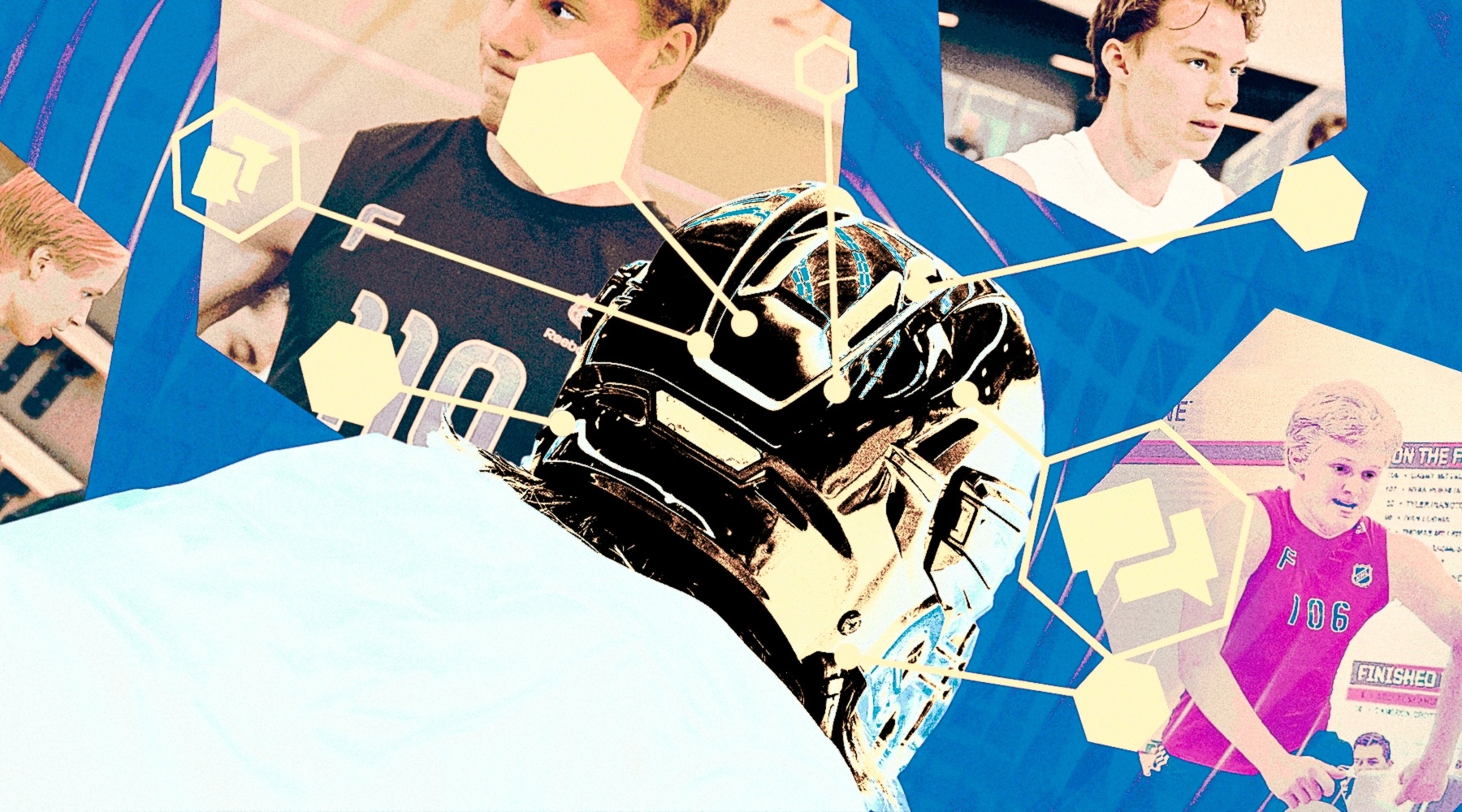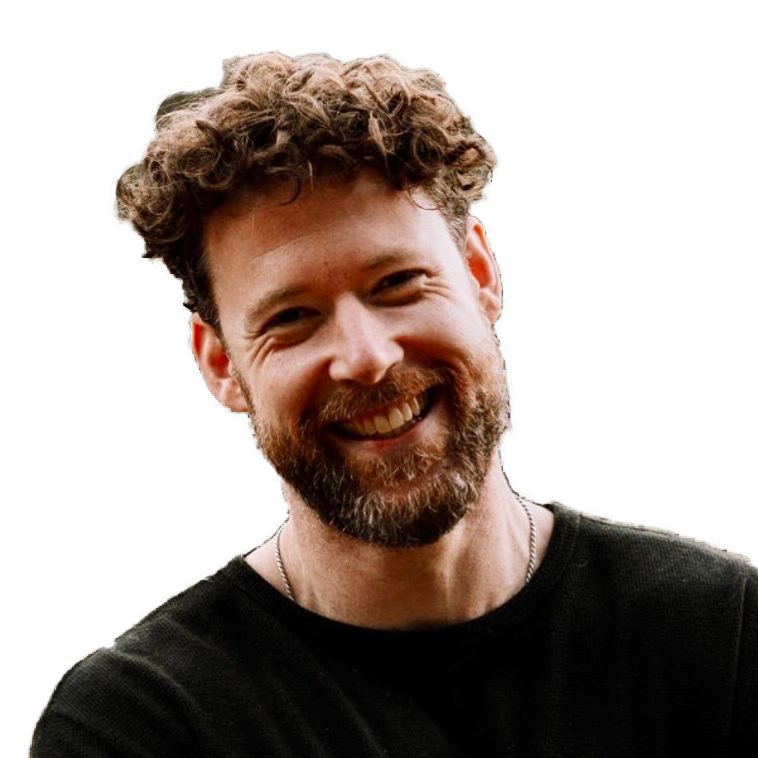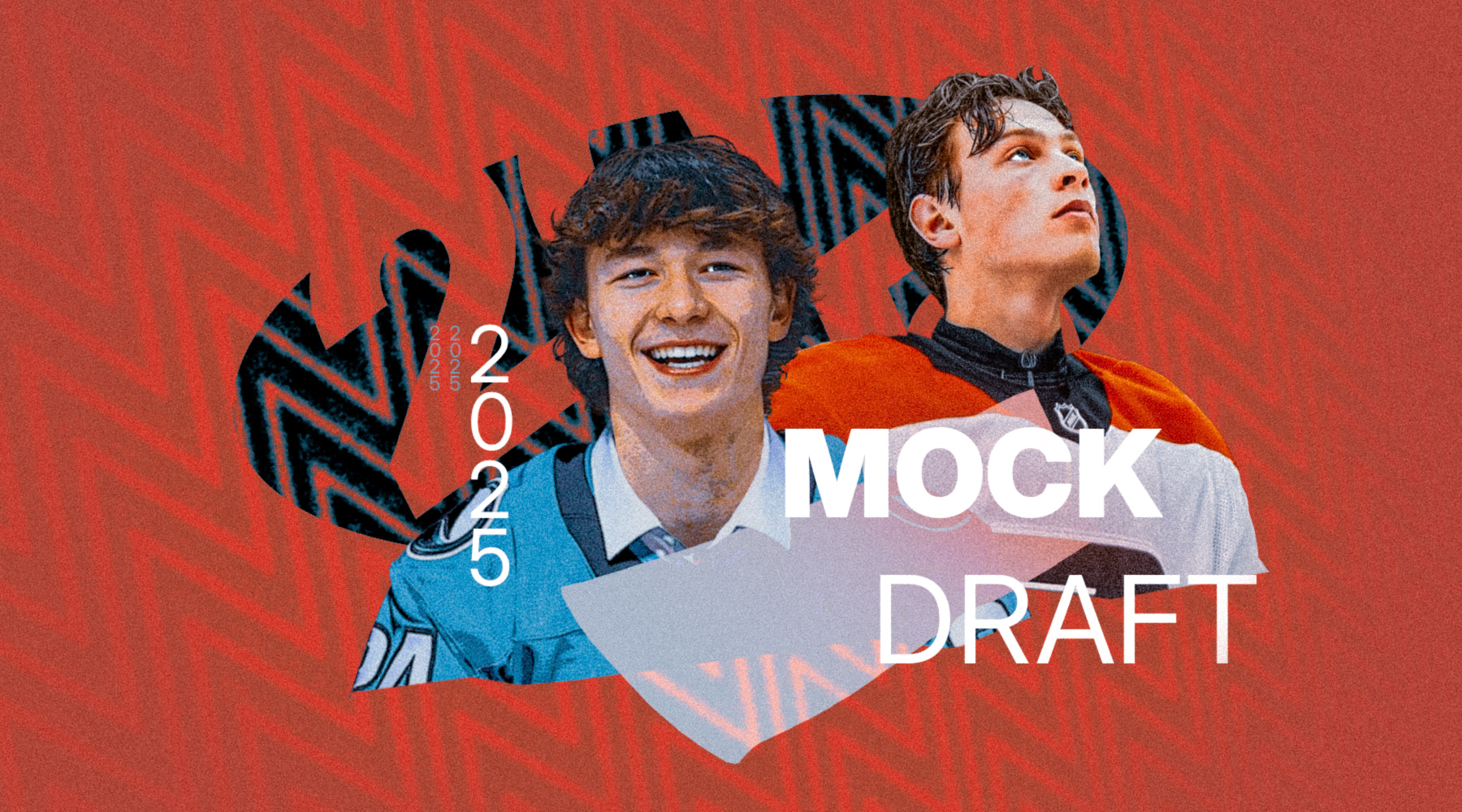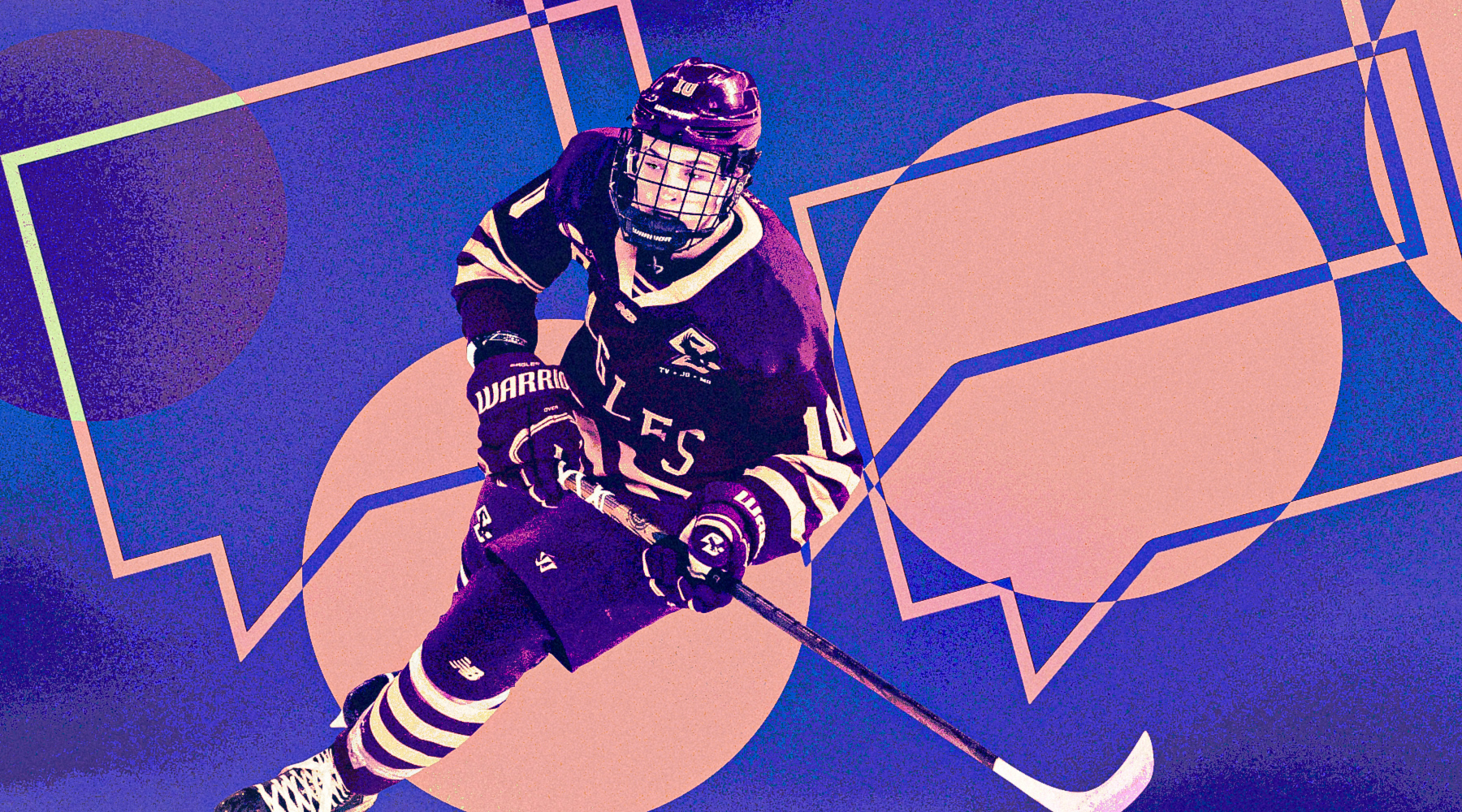The Evolution of the NHL Draft Combine: From Muscle to Mind and Why it Matters

BUFFALO, New York – “It’s completely different now... the testing isn’t nearly as important as it once was.”
That honest response from an NHL executive illustrates the seismic shift in the way NHL organizations evaluate the next wave of talent. The NHL Draft Combine was once a battleground for physical supremacy, where a series of exercises built to measure brute strength, aerobic capacity, and raw explosiveness were seen as the main course.
However, it has transformed into something far more layered and nuanced.
While the Wingate, Vo2max, and pull-ups stations still loudly dot the schedule, it's the quiet, controlled interview room that now generates the most interest. It’s there, in front of general managers, scouts, psychologists, and character evaluators, that a player’s draft stock can truly be altered.
“It can be binary,” former Florida Panthers’ Assistant General Manager, Steve Werier had to say. “A player comes in and if they don’t perform, it could be disqualifying.”
These days, teams care less about who can lift the most weight and more about who can handle the most pressure. Who can lead a room, thinks the game on a deeper level, and adapt to the NHL's increasingly mental and emotional demands.
The Combine is still a test. It’s just not the one it used to be, when physical dominance could vault a player up the draft board, and it often did.
Take Tyler Biggs, selected 22nd overall by the Toronto Maple Leafs in 2011. At the Combine, he led the pack in pull strength, was third in the seated medicine ball throw, fifth in push ups and sixth in push strength.
On paper, he was a physically dominant force.
But Biggs never suited up for an NHL game. He barely lasted two seasons in the American League. He wasn't the first or last physically gifted prospect to flame out. When teams fixated on what players were at the moment, they often lost sight of what they could become.
As more teams began to realize that physically dominant prospects were far from assured to translate that edge into NHL success, the value of the interviews began to grow.
Today, teams invest as much effort into what happens off the test floor as what happens on it. It's a philosophy shift.
"Teams that come ‘prepared’ I believe have the best success at taking the value out of the Combine. But not every team is prepared... some lack both the experience and understanding of what it presents," said former Avalanche Director of Scouting, Scott Harris.
Preparation now includes custom psychological assessments, tailored interview strategies, and scripted hypotheticals designed to disarm rehearsed responses. Mental profiling is a major factor. Clubs bring in experts to formulate the right type of questions that will neutralize biases and predict leadership qualities. The creation of data banks that feature the right type of questions to elicit the type of answers that will paint the clearest picture.
However, players have been preparing for this process for months and aren’t easily knocked off kilter.
"These days the players are so well trained, rehearsed, that you have to get really creative to find a way past that armour," said one NHL executive.
How these players perform in their interviews can alter their fate greatly. Clubs won’t walk away from an interview and think ‘Hey, that’s a good player, but we didn’t like how he presented so we’ll take him a bit later on in the draft.’ Instead, they’ll consider the player to not meet the mental model of what their organization wants and will remove them from the list entirely.
Another executive elaborated: "This is a very important week. Our scouts talk to players all year, but it's in short windows. Here, we get to sit them down, away from everything else, and really take a peak behind the curtain."
Teams don’t just want honesty, they want insight.
"I'd like to say we're not trying to catch guys slipping up in the room, but that'd be a lie," admitted one scout. "We want to see how they process the question and then come to an answer. Often there's no 'right' answer, but the response is telling."
It's a high-stakes atmosphere where multi-million dollar decisions hinge on how an 18-year-old fields a question about leadership, conflict, or their greatest failure. And the result can greatly impact the future of an organization.
Werier shared a story that illustrates this perfectly. As he sat in the suite in Buffalo looking over the removed ice surface of the Combine floor, an NHL GM looked into their room and said pointing, “That player is not going to physically mature enough to excel at the next level. And mentally he’s not going to be an NHL leader.”
That player is now the captain of the Montreal Canadiens.
The NHL draft isn’t just about picking athletes, it’s about projecting people. Inner drive. Moral fabric. Risk tolerance. Self-awareness. Cultural fit.
"The testing is still important but not as much as the interviews," one NHL scout shared. "It shows who's taking their training seriously, but physical maturation varies so much at this age. It has to be taken with a grain of salt."
Teams are looking to assess things you can’t find in spreadsheets: Who owns their mistakes? Who thrives in discomfort? Who communicates honestly under pressure? Who thinks like a winner? “It’s a matter of figuring out what’s predictive versus what’s descriptive,” Werier said.
"Would you take a $10 bill off a toilet seat or a $50 bill from inside the bowl?" may sound like a gross-out challenge, but it's a probe into how a player thinks, what they value, and their risk management.
And more than ever, that’s what resonates with decision-makers.
"Making a good impression can go a long way," said one executive. "If we believe in the person, we're more open to betting on them when it's our turn to pick."
Now, physical testing isn’t meaningless. In fact, for some players, it’s a way to boost their stock and stand out from the crowd, especially if they hail from leagues or programs with less visibility.
A great example is Jayden Struble, a defenseman from St. Sebastian’s prep school in Massachusetts who had scouts intrigued but not sold entering the 2019 Combine. Then the numbers came in. He was the darling of the weekend, putting up considerable metrics across the strength and agility testing.
Struble placed in the top five of four events and ranked within the top 25 in 13 of the 18 tests. His stock soared. The Canadiens selected him 46th overall. The Combine was pivotal in legitimizing his profile.
Then there's Tom Wilson. Drafted 16th overall in 2012 to Washington despite a very modest offensive output in the OHL that year. Wilson was initially projected as a second- or third-round option as evidenced by his placement as the 33rd-ranked North American skater in Central Scouting's Mid-Season rankings.
But his standout Combine showing where he dominated many of the physical tests, helped rocket him up the draft board. Unlike Biggs, Wilson has gone on to become a physical, productive mainstay for the Capitals.
But not all natural-born athletes are created equal.
"Athleticism is all positive," Harris said. "You just can’t get blinded by those that hit their ‘max’ early on vs. those that have potential."
Which is why some teams believe that certain tests are more insightful than others.
The best predictors of how swiftly a player would make it into the NHL and how well they would initially perform were the ones measuring leg strength and overall fitness. Players who can run faster and endure longer are more likely to transition quickly into the NHL and excel initially.
That’s why teams are so invested in the results of the Pro-Agility test, the Vo2 max, and Wingate tests.
“Aerobic testing is valuable information,” one NHL scout shared. “It shows who has been taking their training seriously, but it also tells us who is best prepared to survive at the highest level. Some people just don’t have that level.”
One of the greatest challenges scouts face is determining whether a player is physically peaking or just scratching the surface.
"You have to know the player to accept their current ‘physical output,’" said Harris. "Body types and maturity at this age—it is all very different. Can their body put on weight... or are they already fully developed?"
It's why a player's results must be interpreted in context. A shredded 18-year-old may have less room to grow than a wiry 17-year-old who has yet to fully grasp nutrition and proper lifting techniques. It's a projection puzzle. One that has led teams to become more conservative when interpreting exceptional testing results.
Now maybe the NHL Combine hasn’t abandoned its roots, but it’s beginning to outgrow them.
In the past, players were measured in pounds lifted and inches jumped. Now, they’re more heavily weighed by what they reveal when asked about failure, leadership, and pressure. What makes a future pro is no longer just about physical dominance. It's about the entire person. How a player frames a mistake, how they define success, how they carry themselves under intense pressure and scrutiny.
The modern NHL team isn’t just drafting on game reports and analytics. They’re also drafting on nuance. They’re betting on a human being who is complex, flawed, and gifted all in one package. And so they listen. Intently. Because they know that a 30-second answer in a stale hotel conference room may reveal more than any 12-second sprint ever could.



